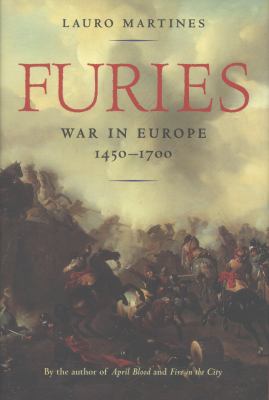
Book
|
Furies : war in Europe, 1450-1700
Copies
4 Total copies, 4 Copies are in,
0 Copies are out.
Title
Furies : war in Europe, 1450-1700
Call No
D214
Edition
1st U.S. ed.
Authors
Subjects
War and society--Europe--History--16th century.
War and society--Europe--History--17th century.
Military art and science--Europe--History--16th century.
Military art and science--Europe--History--17th century.
Armies--Europe--History--16th century.
Armies--Europe--History--17th century.
Mercenary troops--Europe--History--16th century.
Mercenary troops--Europe--History--17th century.
Mercenary troops--History.
Military art and science.
War and society.
History.
Military history.
Europe--History, Military--1492-1648.
Europe--History, Military--1648-1789.
War and society--Europe--History--17th century.
Military art and science--Europe--History--16th century.
Military art and science--Europe--History--17th century.
Armies--Europe--History--16th century.
Armies--Europe--History--17th century.
Mercenary troops--Europe--History--16th century.
Mercenary troops--Europe--History--17th century.
Mercenary troops--History.
Military art and science.
War and society.
History.
Military history.
Europe--History, Military--1492-1648.
Europe--History, Military--1648-1789.
Language
English
Published
New York : Bloomsbury Press, 2013.
Publication Desc
xv, 320 pages, [16] pages of plates : illustrations (chiefly color) ;
ISBN
9781608196098
(hbk. : alk. paper)
LCCN
2012016390
Dimensions
25 cm









